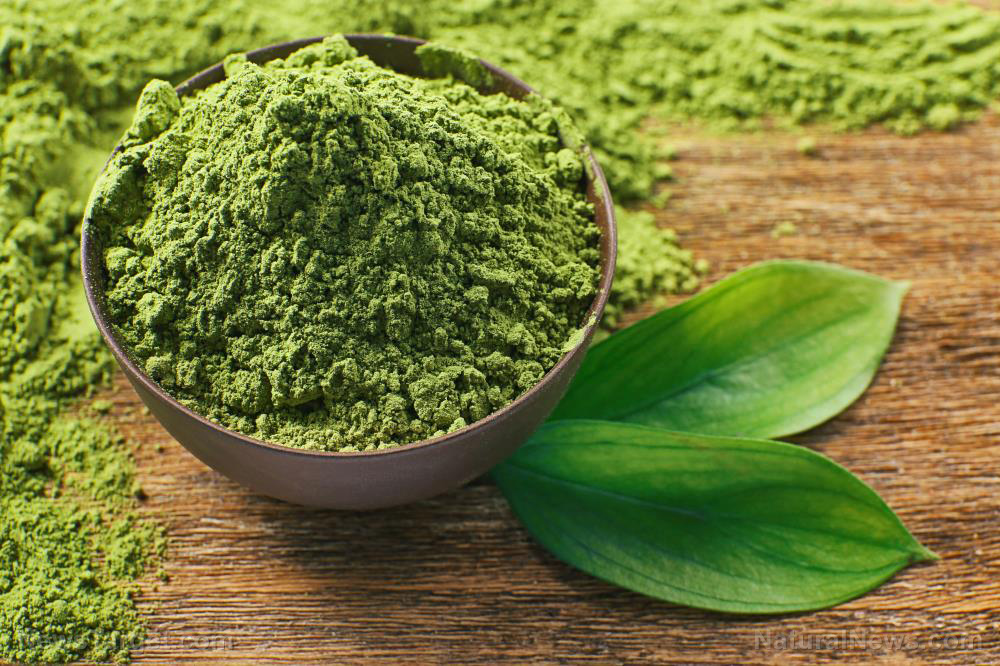Standing straight on your head does not actually increase blood flow
10/12/2020 / By Evangelyn Rodriguez

Yoga is an age-old mind-body practice that promotes the body’s natural ability to heal. It also helps an individual build strength, awareness and harmony. Although yoga has now gained traction as a practice for physical fitness, it was originally developed to help Brahmans, or Vedic priests, obtain enlightenment. Centuries later, it became known as a system of practices that cleanses and rejuvenates the mind and body, and prolongs life.
Today, yoga practices and forms are often modified or adapted to make them more accessible to people. Integrated yoga, which combines yoga practices with functional movement and corrective exercise, is now used as an intervention or complementary treatment for physical and mental disorders. Clinical studies have also shown that yoga can help with several chronic conditions, and it is often believed that yoga can activate brain structures and networks.
But in a recent study, a team of American and Russian researchers found that while yoga does offer many health benefits, not everything that is said about it is true. For instance, they found that, contrary to popular belief, doing Sirshasana (yoga headstand) does not increase blood flow to the brain. In fact, it does the opposite. The researchers explained the science behind it in an article published in The Journal of Alternative and Complementary Medicine.
The yoga headstand actually decreases blood flow to the brain
The yoga headstand is one of the many postures performed by yoga practitioners to purify their minds and bodies. Considered the king of all asanas (body posture), the yoga headstand is said to invigorate the mind, promote the growth of healthy hair, improve vision, treat sexual disorders, strengthen the body, normalize blood pressure and stimulate brain function.
Most yoga practitioners believe that doing the headstand can increase blood flow to the brain, but scientists say that this is not consistent with the autoregulation of cerebral blood flow (CBF). Cerebral autoregulation is a natural mechanism that ensures the brain receives a steady supply of oxygen and energy substrates. This process is also responsible for maintaining a constant CBF across a range of blood pressures.
To investigate the effects of Sirshasana on CBF, the researchers examined blood flow through the internal carotid artery (ICA) using ultrasound. The ICA is one of the most vital arteries in the human body, as it supplies oxygenated blood to important structures, such as the brain and the eyes. The researchers recruited 20 men and women aged 10 to 59 years and measured ICA blood flow using a pulsed Doppler while the participants were performing the yoga headstand.
Seventeen of the 20 subjects were examined in Spain in 2018 at an altitude of 2,000 meters, while the remaining three — all females — were studied at sea level. The researchers found that the diameter of the participants’ respective ICA while doing the yoga headstand remained almost unchanged. They also noted a decrease in peak flow velocities during both systole (heart contraction) and diastole (heart relaxation) that caused a significant decrease in arterial blood flow to the brain.
This decrease was followed by the return to baseline values immediately after the anti-orthostatic postural effect. The researchers attributed this phenomenon to the autoregulation of CBF and intracranial pressure. (Related: Herbal remedies for improving dilation of blood vessels in the brain.)
Based on these findings, the researchers concluded that, contrary to popular belief, doing the yoga headstand does not increase blood flow to the brain. Instead, it causes a reduction in cerebral blood delivery because of the autoregulation of cerebral blood flow. Their results also suggest that increased ICA blood flow is likely to be a contraindication of Sirshasana.
Sources include:
Tagged Under: blood flow, brain function, brain health, cerebral autoregulation, cerebral blood flow, health science, research, sirshasana, Yoga, yoga headstand
RECENT NEWS & ARTICLES
BrainFunction.News is a fact-based public education website published by Brain Function News Features, LLC.
All content copyright © 2018 by Brain Function News Features, LLC.
Contact Us with Tips or Corrections
All trademarks, registered trademarks and servicemarks mentioned on this site are the property of their respective owners.



















